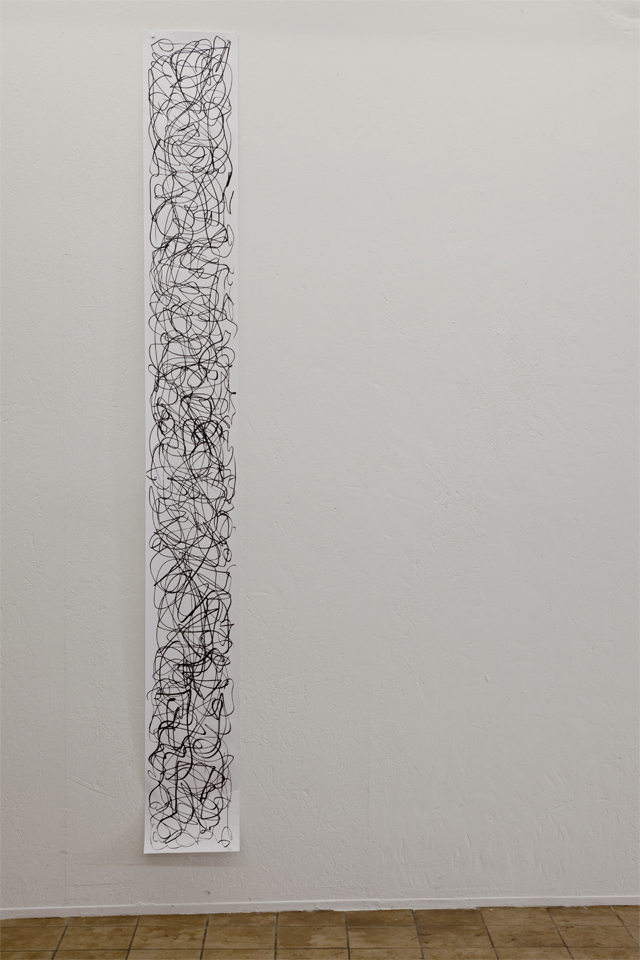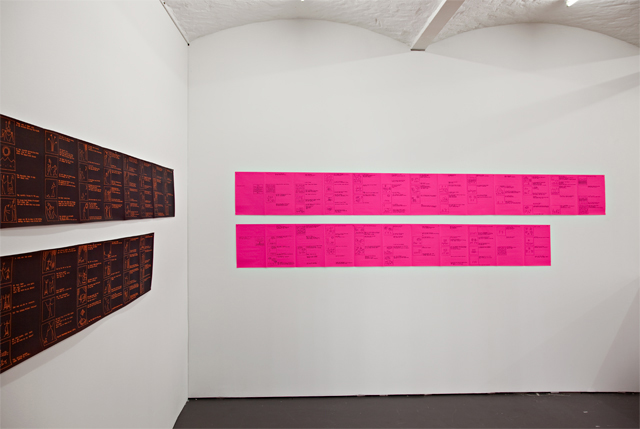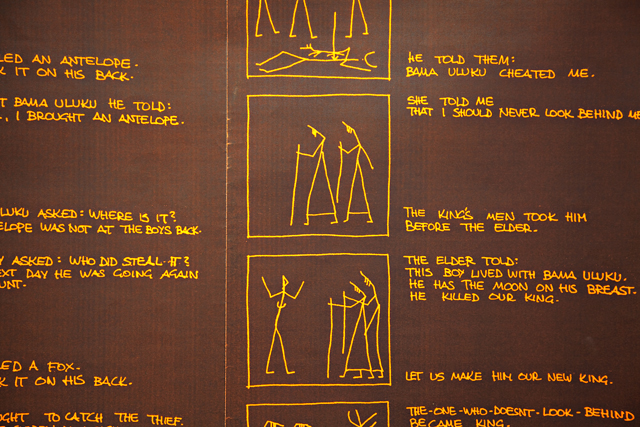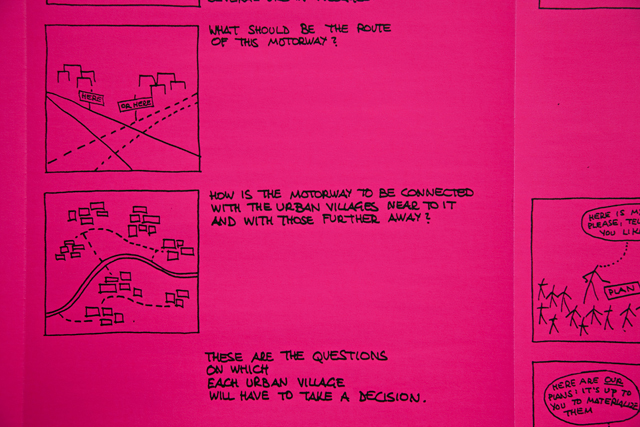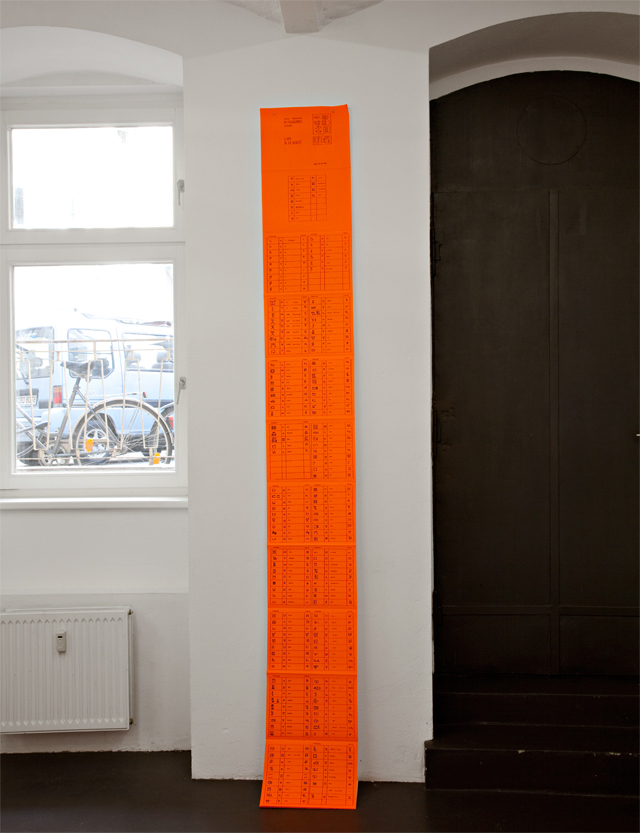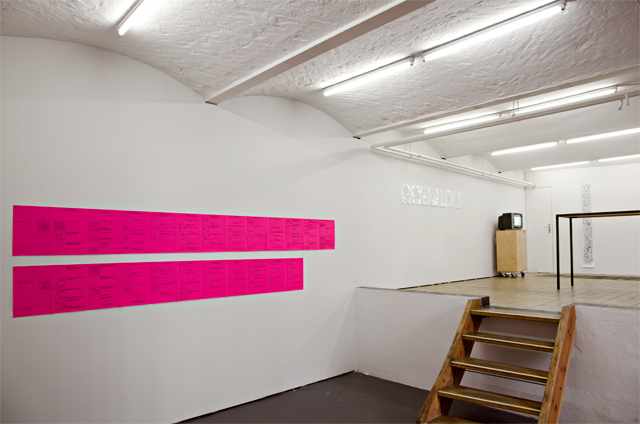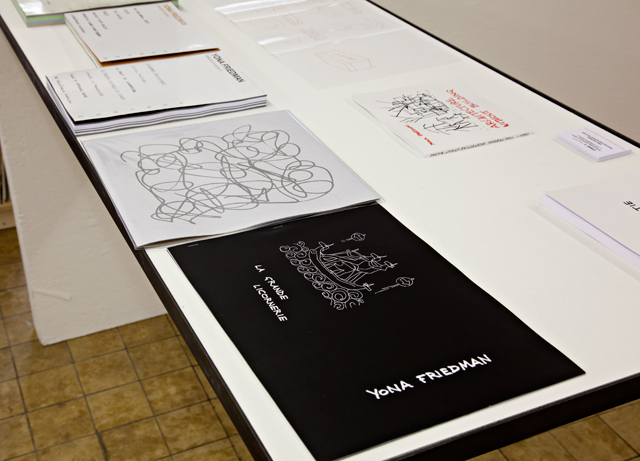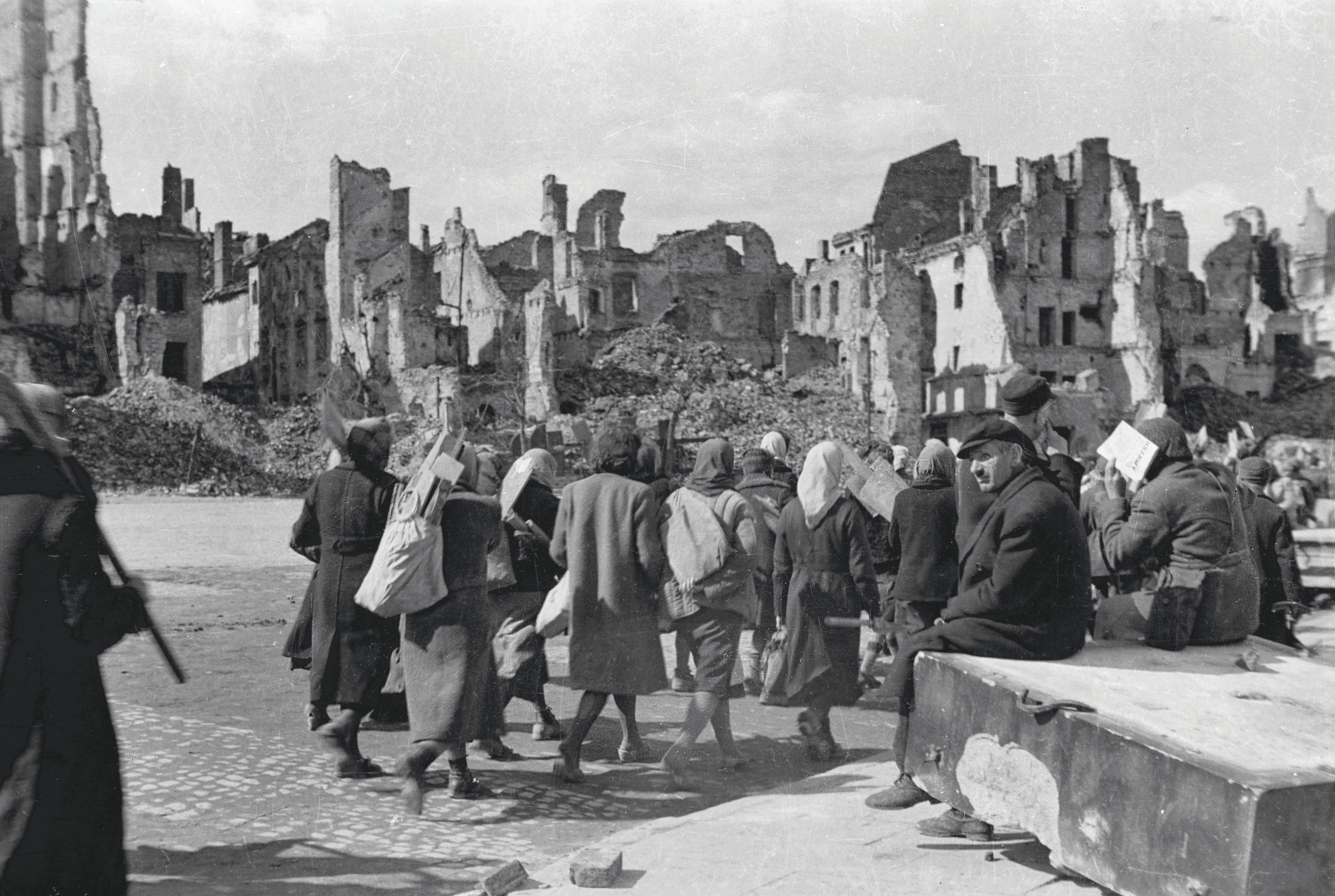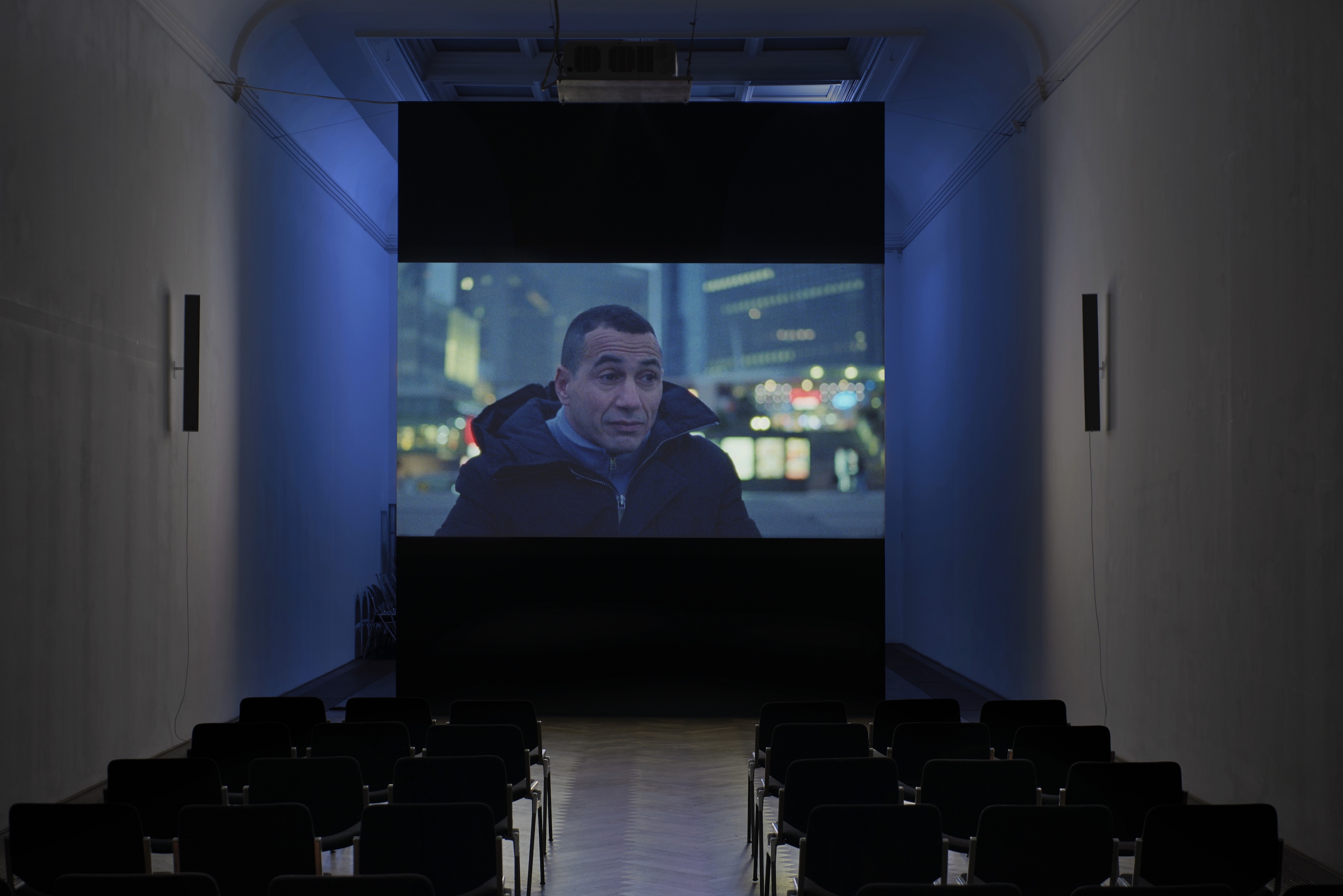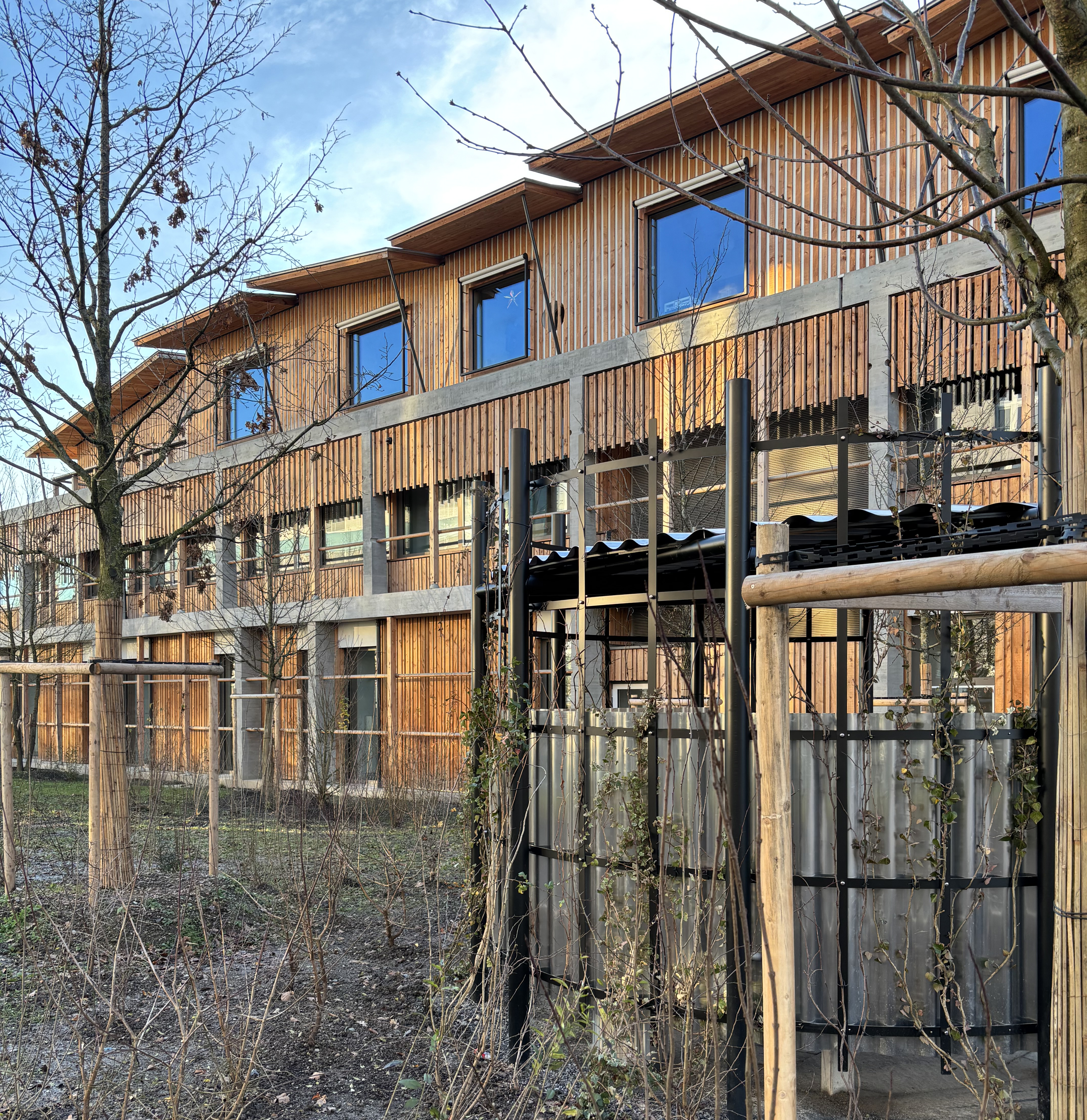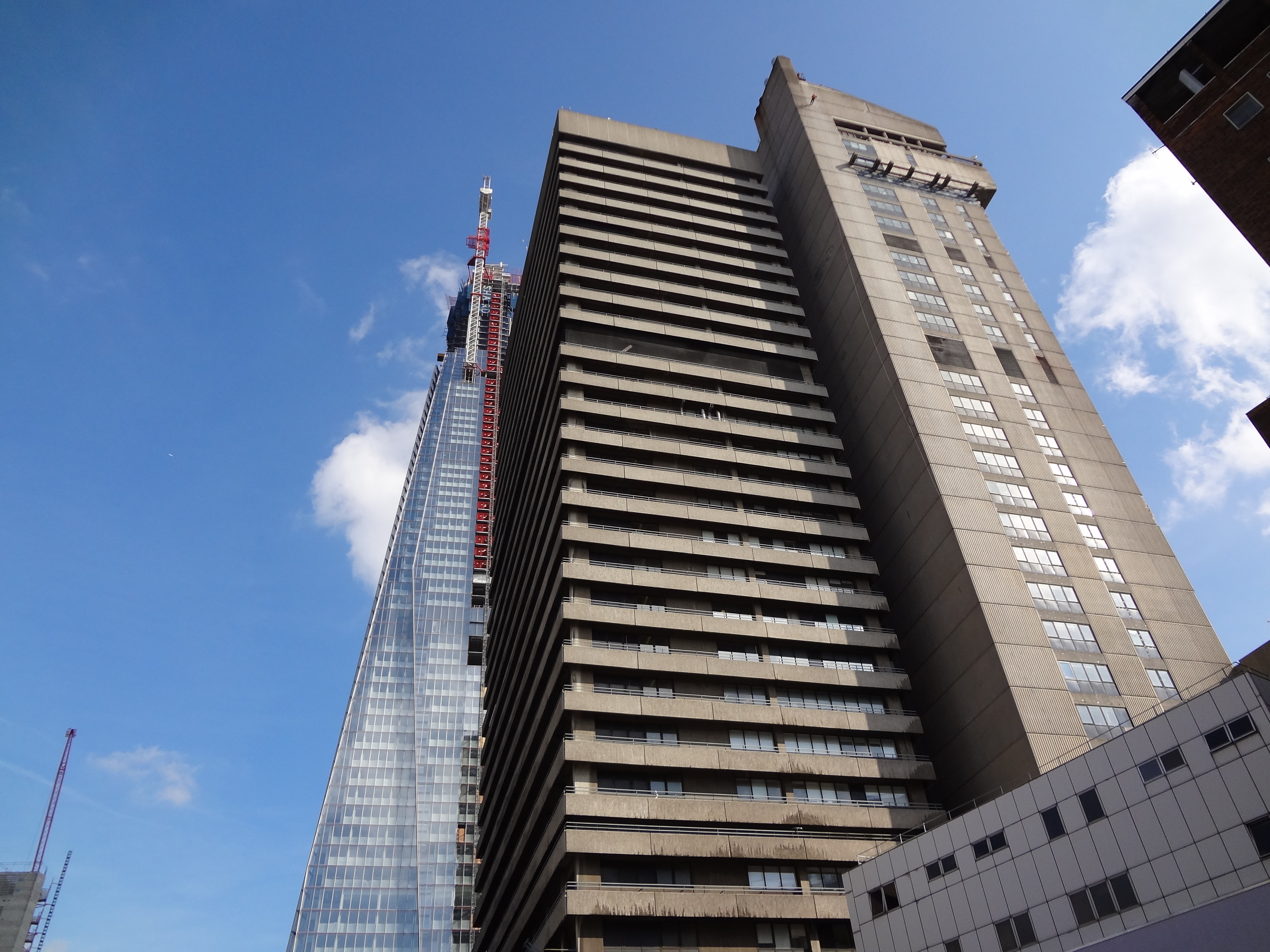June 28–July 14, 2012
Seeing Yona Friedman’s tight, unpretentious exhibition Berlin is like scoring a perfect set of Cliffs Notes, a cheat sheet, to the oeuvre of a visionary thinker, avant-garde theorist, offbeat urban planner, and reluctant utopian.
The exhibition’s title "Handbuch" means "handbook," and that’s exactly what this is: a how-to compendium of Friedman’s ideas and musings running through several decades and an overview of his mandate for people to think and act for and by themselves in civic situations and life in general. Friedman was born in Hungary in the late 1920s, fled to Israel to escape the Nazis, and relocated to Paris in the late 1950s. His oeuvre dates (mind-bogglingly) to that time—his seminal manifesto "L’Architecture Mobile" and the concept of La Ville Spatiale (Spatial City) were, after all, both published in 1958, proclaiming that architecture and city structures are merely a framework for human creativity and living. Friedman’s prescient concepts have inspired urban planners, architects, and artists ever since—Danish architect Bjarke Ingels, for instance, immediately comes to mind.
At Chert, visitors immediately encounter Friedman’s manuals (ah, handbooks) on display on the gallery’s front table. Using storyboard-like cartoons with pithy captions, the three thick volumes cover overreaching topics like urbanism, dwelling, and "thought," and feature chapters like "Food," "Understanding Mountains," or "Protecting Yourself in a Disaster." (Except for the first volume, which is out of print, the manuals are available to buy at the adjacent bookstore Motto, which is co-hosting this show/presentation; other Friedman publications are also on view and for sale). Also in the gallery’s entrance are Chien Assis (noir), a thick black doodle on paper, and Gribouillis (Doodle) (1980–1990), a video running on a vintage monitor, featuring improvised multicolored scribbles drawn directly on a 16mm film and accompanied by a trippy electronic musical score by composer Areski Belkacem. Simple, but a mesmerizing reminder of Friedman’s claim that "intelligence is improvisation."
The exhibition continues with works on paper dealing with various aspects of urban, social, and civic politics in the broadest sense. In one, Friedman illustrates the Biblical story of Genesis in hieroglyphic-like pictograms, displayed as old-school photocopies hung on the wall in transparent plastic folders. On sheets of taped-together hot-pink paper, a frieze-like horizontal storyboard labeled "The Urban Crisis" and "What is a Town" depicts a utopian view of city planning in a long series of stylized diagrams with stick figures and block-script captions. Two similarly-styled parables tell stories of lost kings, jealous queens, and prodigal sons losing and regaining power And, alone on one wall, a bright-orange scroll, titled Pictogrammes lexique l'ami de la beauté tumbles vertically, showing Friedman’s system of pictograms—a captivating lexicon of symbols that the artist developed based on ancient languages.
The show is a delight. Typical of Friedman, it mixes low production value with high concept—the opposite of what we often find in galleries these days. Its messages (basic conflict and resolution, issues facing city life) are simply presented but utterly complex, entertaining yet unsettlingly thought-provoking. It’s an exhibition that can offer a quick fix (Cliffs Notes again), but could also easily suck in a viewer who wants to spend hours figuring out the logic behind Friedman’s symbolism, or pondering the impact of human interaction in the urban setting. For those wanting to stay and study, twelve animated videos of gorgeously rendered African fairy tales drawn in the early 1960s are on view in the gallery’s back room. (They were considered lost until the mid-2000s, when Cneai located them and transferred them to DVD; and they were recently shown in the Städelschule’s Portikus gallery in Frankfurt). And back up front is a set of 300 bound slides covering 40 years of Friedman’s activities, starting with his Ville Spatiale in 1958 (in which we see colorful renderings of his urban superstructures) and moving to sketches from 2002. Friedman himself culled the set from the 3,000–4,000 slides he has lectured with over the years.
I knew little of Friedman firsthand before seeing this gem of a show (he’s seldom shown in the United States, for example), but came away from Cneai’s appearance at Chert intrigued by the now 89-year-old thinker’s uncanny foresight, his savvy use of the storyboard form to present issues facing civic culture, and his mediagenic aphorisms. On the way out, I nearly missed one of the artist’s posters in a courtyard vitrine; a snappy graphic community of stick people captioned: "Each of us meets in a city as many people as live in a village. The rest are strangers." In the documentary Erratic City (1997/1998), Friedman remarked that, "in the late fifties and in the sixties I was regarded by some people as a utopian. But I see myself as a realist. In all of my work I have been trying to demonstrate that everything people experience as utopian can actually be realized." Considering the current state of the world, one would only hope he’s right. This exhibition, which can be as straightforward or multilayered, as entertaining or enlightening as the viewer wants it to be, is a reflection of Friedman’s deepest philosophies of self-determination and actualization, in that it leaves things completely up to us.
